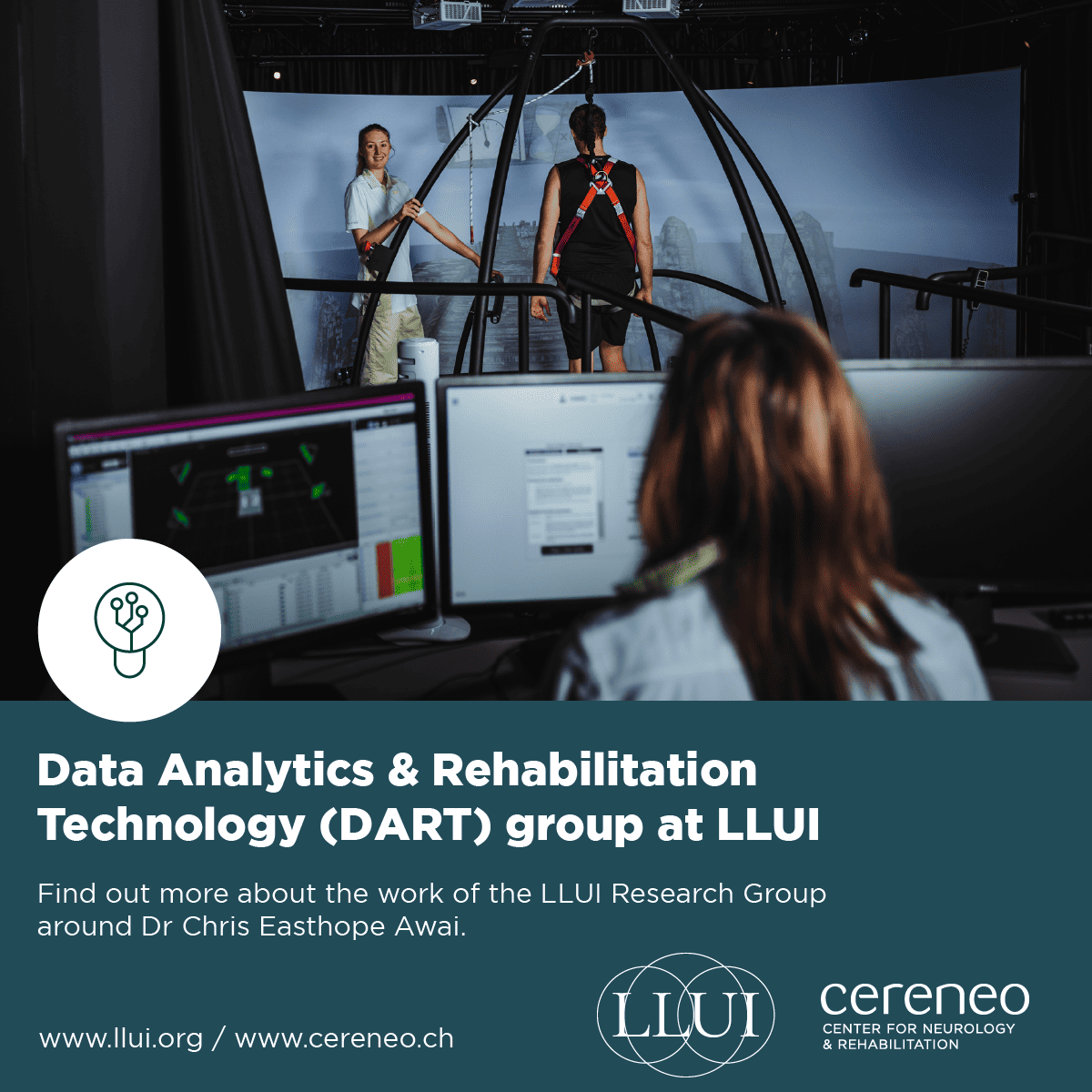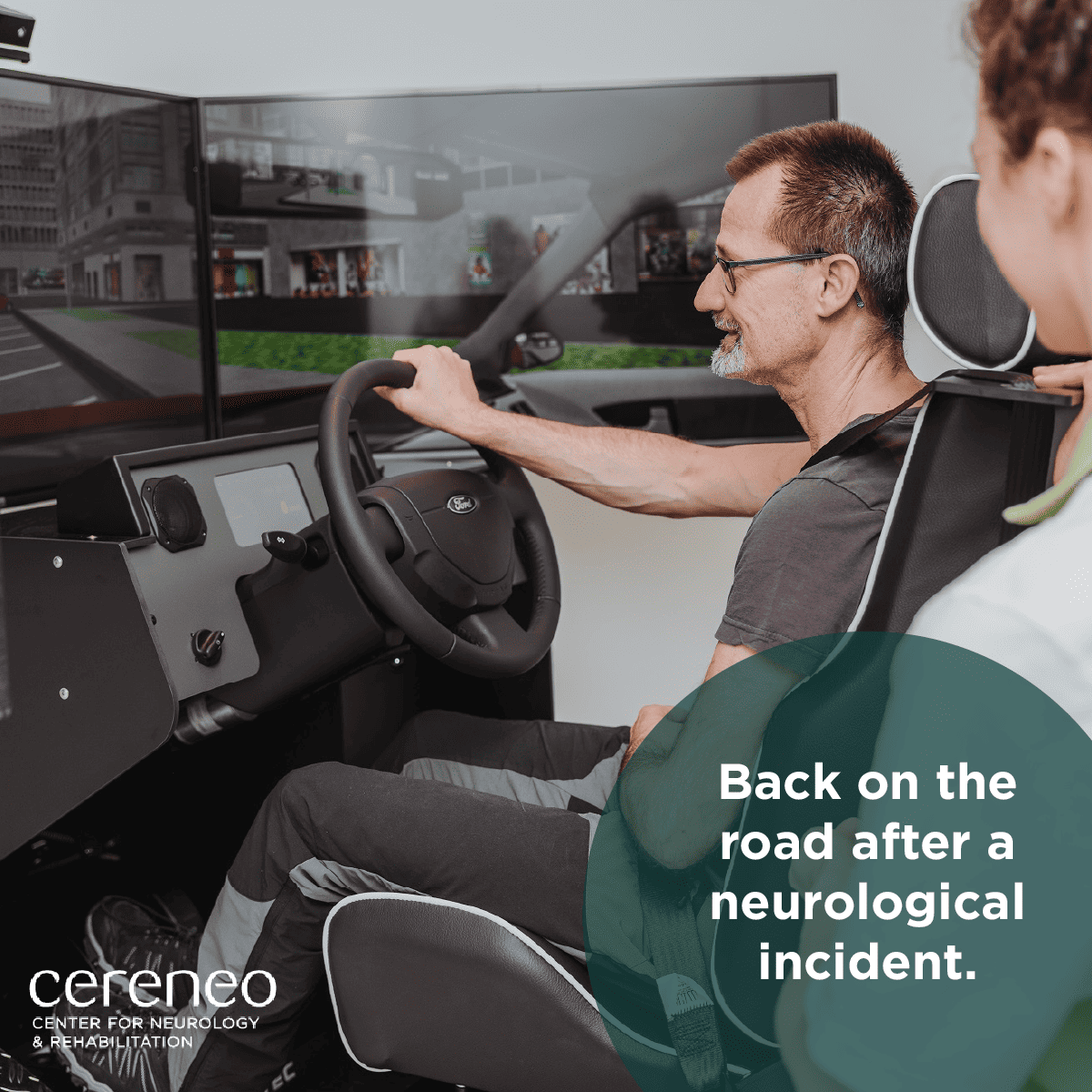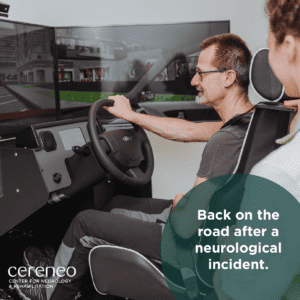«As a Dysphagia expert, Ilka Alexandra Dähn is always interested in the further development of therapy methods for swallowing disorders.’’
Approximately one out of two neurorehabilitation patients has difficulties swallowing. This is also called ‘Dysphagia’ and is very common after experiencing a stroke or brain injury. On the 13th of March, on Swallowing Awareness Day, we pay extra attention to swallowing disorders.
In our interview below with Head of Speech and Language Therapy Ilka Alexandra Dähn, we will explain what it means to have difficulties swallowing, what physically happens in a human’s body and what kind of therapy can be offered to treat this disorder.
Medically speaking, what can cause swallowing problems?
»Patients can have difficulties swallowing after having experienced a stroke because the swallowing network might be disturbed. Depending on its impact, it can affect several areas. In speech and language therapy, we make a distinction between unconscious swallowing and volitional swallowing. The swallowing reflex — once triggered — can no longer be controlled deliberately and is triggered differently in humans.
Dysphagia can be caused by central disorders of the cortex or the brain stem, but peripheral causes can also impair swallowing. A person’s swallowing muscles are centrally coordinated by a multidimensional hierarchy of swallowing centres in both the cerebral cortex and the brain stem.
The cortex plays an important role in the initiation of volitional swallowing of all four phases of deglutition. The swallowing process can be modified by the sensory feedback from the pharyngeal structures (the ‘pharynx’ or ‘throat’ is part of both the digestive and respiratory systems).»
What does it mean for a patient to have problems swallowing after experiencing a stroke?
»Out of roughly 100 stroke patients, some 50%-60% experience dysphagic symptoms such as choking, coughing after eating or drinking, a wet voice, throat clearing, food sticking and pneumonia. Out of this group of patients, approximately 20% develop aspiration pneumonia. With some dysphagic symptoms, there is the possibility of spontaneous regression of dysphagia.
Dysphagia management is an interprofessional concept including processes, standards, guidelines, evaluations and re-evaluations: a sort of quality management for patients with dysphagia. Within the first two weeks about 90% of patients will experience a significant improvement in swallowing but approximately 11-50% of patients will also continue to suffer from dysphagia after 6 months.
That is why dysphagia patients should always receive specific therapy for dysphagia which should be incorporated in rehabilitation efforts if needed, as the muscle system becomes weaker when not being used, leading to atrophy of the muscle mass (‘degeneration of cells’). One should not hope for spontaneous healing but start with therapy immediately.»
What is the worst that can happen and what kind of effect can this have on a patient?
‘’The worst that can happen is aspiration pneumonia: an infection caused by dysphagia, resulting in patients being very low in energy and in a poor condition. When this happens, patients require specific high energy nutrition but because of their dysphagia, they are not able to eat and drink normally. Patients cannot cover their (basic) needs which in turn causes malnutrition, dehydration, and other infections.
Social consequences include isolation and depression caused by the fact that eating without choking and coughing is not possible. Their quality of life decreases.’’
What kind of therapy is used to improve someone’s swallowing capacity after a stroke?
‘’There are different approaches to therapy. They should be tailored individually according to the disturbance pattern and adjusted regularly during the treatment phase. The dysphagia management should include specific swallowing assessments as well as assessments of cognition and communication functions to determine compensatory and rehabilitative approaches.
In diagnostics, there are four main symptoms: leaking, retention, penetration and aspiration. The most serious symptom is aspiration, which can occur pre-, intra- or post-deglutitve. Pre-deglutitive aspiration is most common in stroke patients. In this case, the food is aspirated before it is swallowed.
The clinical examination should be supplemented by an instrumental examination. This can be a fiber endoscopic (FEES) or a video fluoroscopic examination. With the help of the examination results, the risk of aspiration can be determined, and an appropriate therapy can be worked out. Even if the patient does not cough, he may still have aspirated (silent aspiration).
Functional therapy offers stimulating measures, or changes in posture, manoeuvres and techniques, as well as changes to the consistency of the food. These orbital movements strengthen the swallowing mechanism, improve the bolus transit and reduce the risk of aspiration.’’
What’s new in swallowing therapy?
‘’Studies have shown that transcranial magnetic stimulation (TMS) improves the swallowing reaction, resulting in less residues and lower aspiration values. Electrical stimulation is used in support of functional therapy, for increased training of the swallowing muscles.
The first trials are currently underway to evaluate electrical devices that help patients monitor and correct their swallowing patterns themselves and attempts to stimulate the non-affected side of the brain to encourage patients to take over more functions.’’









